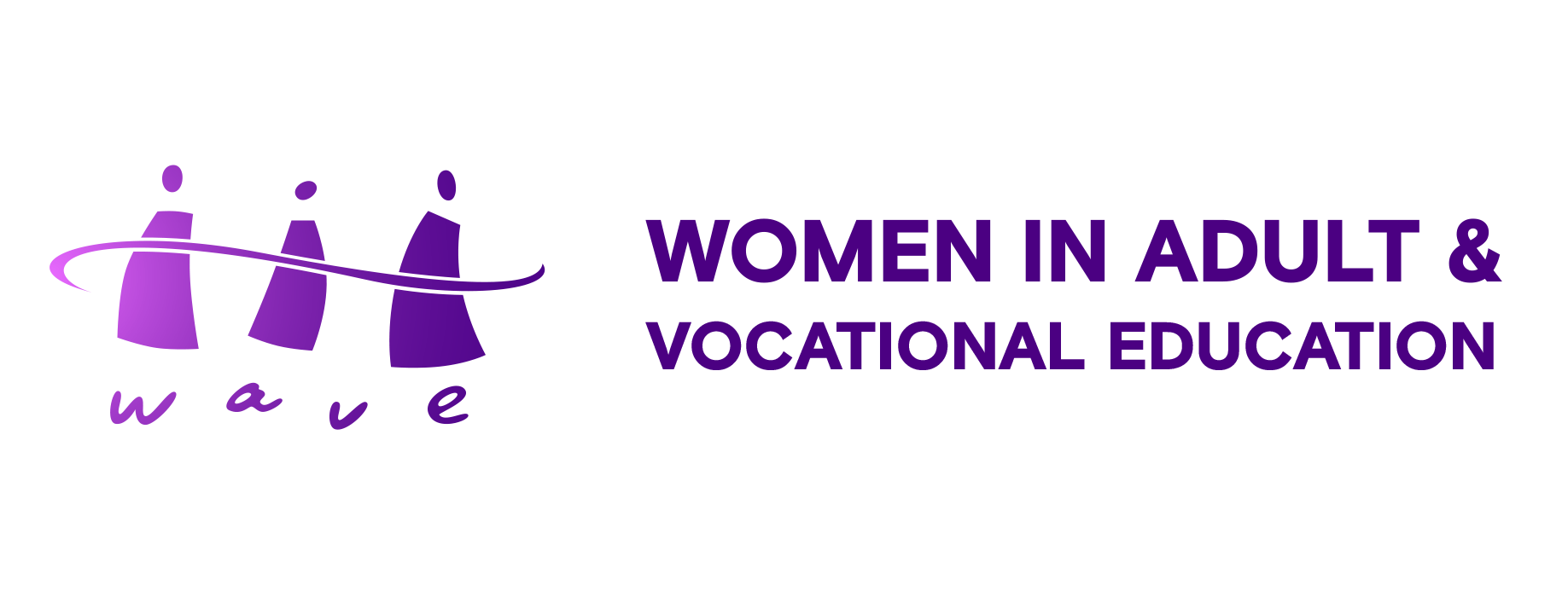07 Mar Perceptions of Vocational and Adult Education can be improved through gender equity
Australia must address the gendered assumptions in our education and training system and treat our vocational education and training (VET) sector as integral to our nation’s economic growth and social wellbeing.
In its submission to the Australian Government House Inquiry on perceptions and status of VET, Women in Adult and Vocational Education (WAVE) have advocated for a more integrated tertiary education sector, equitable approaches to information access about VET and addressing the fundamental reality that perceptions of VET pathways are driven by gendered stereotypes and norms about learning and work.
Therese Nolan, National Co-Convenor of WAVE said:
“It is time to recognise VET as a vital and integral component of the institution of education in Australia, by transforming education in Australia into a well-integrated system rather than four disparate but interconnected sectors each subject to differing hierarchical status and funding.”
“WAVE calls for, transformational change across all sectors of education including significant changes in VET so that this vital part of our nations economic and social structures is finally recognised as an integral and integrated sector of education in Australia”
Kit McMahon, National Co-Convenor said:
“The perception of VET is affected by the fact that VET is a gendered experience. Our VET system perpetuates and reinforces those drivers of our gender segregated workforce – that is the perceptions of what VET pathways of learning to participate in, is impacted by the broader stereotypes of work, and skill that we hold in our society.”
“To improve the perceptions of VET, we need to fundamentally address these stereotypes that limit learners capacity to realise their own potential, work in a variety of industries and settings, and fundamentally improve the outlook to address our skills crisis.”
WAVE are also continuing its calls for a major holistic review of VET, similar to that to the Higher Education Accord, as a matter of urgency. Though this, VET can then better address the barriers and challenges that prevent it from meeting the needs of our current, and future workforce.
In WAVE’s submission to the Standing Committee on Employment, Education and Training, the organisation also calls for:
- Equity to be at the centre of the reforms and the reformed education and training system, rather than adding equity/equity policies as an “afterthought” and address the prevalence of gender inequity in our education and skills system including the workforce
- That information about VET qualifications and pathways be improved by:
- Streamlining access to current and relevant information about VET that is linked to the life course of Australian learners and job seekers
- Strong evidence and research that informs and connect withs parents of learners and job seekers
- Encouraging greater school-industry collaboration to improve knowledge across the community about industry pathways
- Correcting poor perceptions of VET by:
- Addressing gendered stereotyped skill pathways
- Reducing confusion and competition between sectors by clearly defining the role of VET aligned to both economic and social outcomes
- Adopting the term “Technical and Vocational Education and Training” to align to international best practice
- Centering the diversity of lived experience of end users of the VET sector in decision making and advisory boards by including education experts, equity experts and community and learner voices


